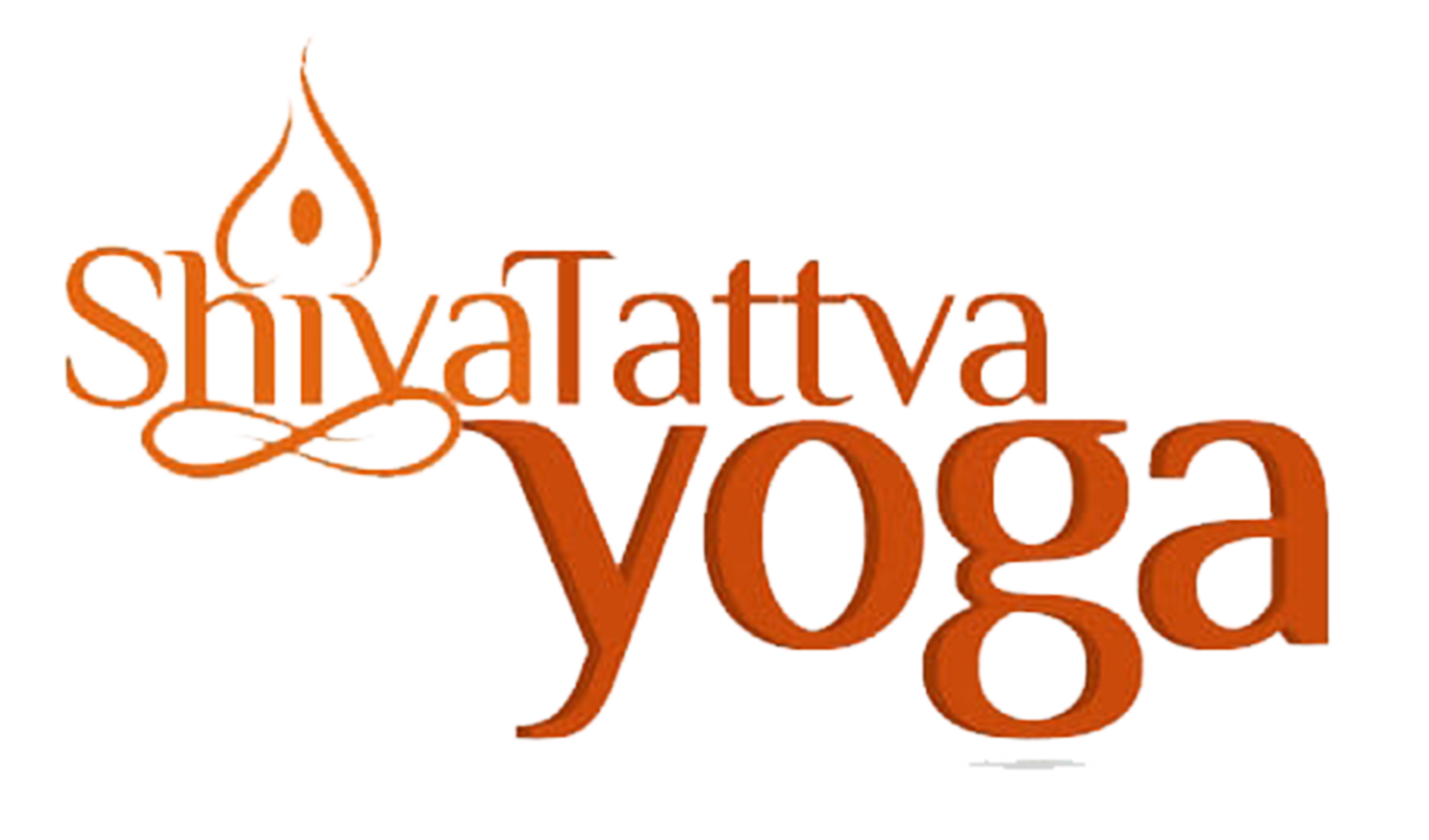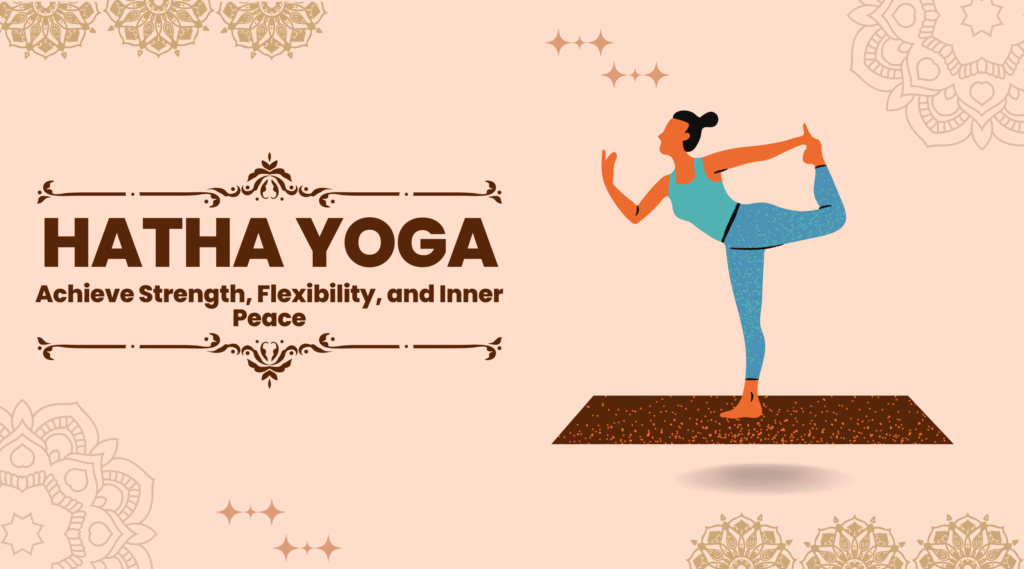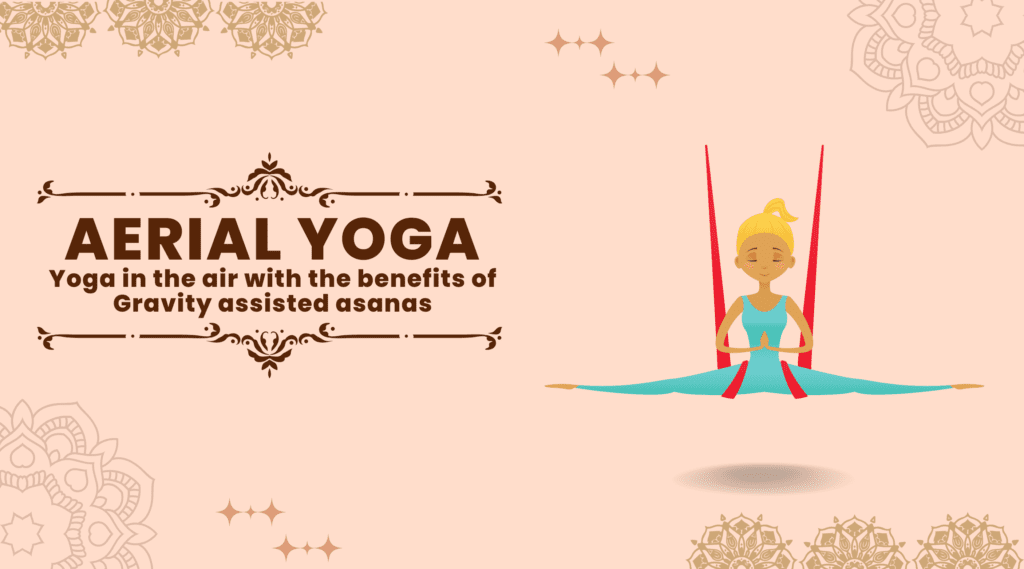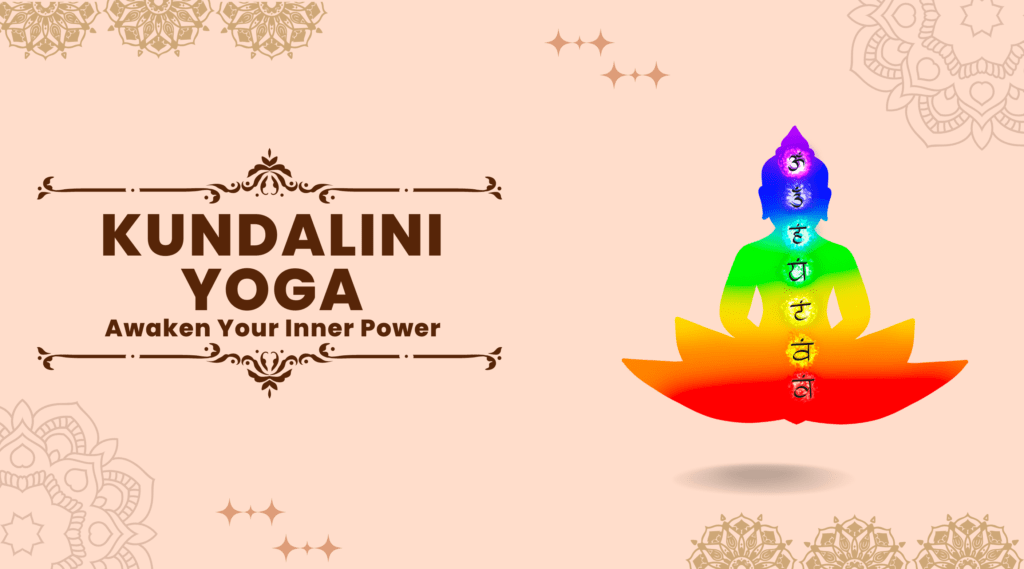Iyengar Yoga: Harnessing the Power of Props for Balance and Alignment
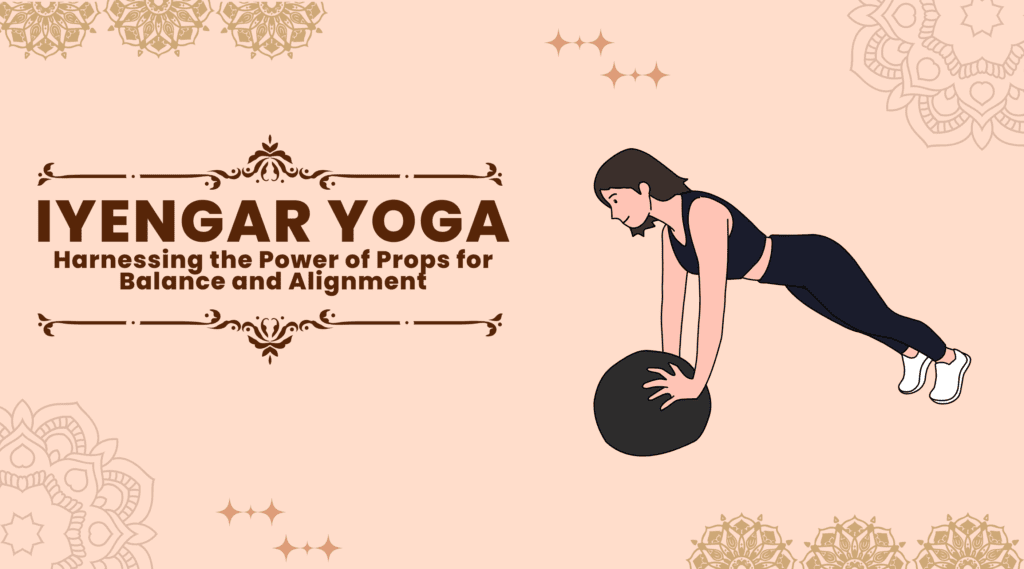
Introduction
Iyengar yoga is a form of yoga that was developed by the late B.K.S. Iyengar, a renowned yoga teacher from India. This style of yoga emphasises correct alignment, proper timing and sequencing in the yoga poses, as well as the use of props to help practitioners achieve the correct posture and alignment. The use of props allows the practitioners to avoid the chances of injuries while doing yoga asanas. Here, we will discuss the history, benefits, and techniques of this style of yoga.
History of Iyengar Yoga
Bellur Krishnamachar Sundararaja Iyengar (B.K.S. Iyengar) was born in Bellur, India, in the year of 1918. He was a legendary yoga teacher. In his childhood, he suffered from Tuberculosis, Typhoid and Malaria.
Suggested: Best Yoga Retreats And Yoga Teacher Training In Rishikesh
He began practising yoga in his teens, and after years of study and practice, he became one of the most respected yoga teachers in the world. B.K.S. Iyengar developed his own style of yoga, which he called “Iyengar yoga,” in the mid-20th century. This style of yoga is characterised by its attention to detail and its use of props to help students achieve the correct alignment.
Benefits of Iyengar Yoga
This yoga offers many benefits for both the body and the mind. Some of the physical benefits include:
1. Improved flexibility: Iyengar yoga emphasises stretching and flexibility. This helps improve joint mobility as well as reduce the risk of injury.
2. Increased strength: Many of the poses in Iyengar yoga require the use of the body’s own weight for resistance. This helps increase strength and build muscle tone.
3. Better posture: The precision and alignment focus of Iyengar yoga can help improve posture and reduce the risk of back pain.
4. Reduced stress: The focus on both breathing and mindfulness in Iyengar yoga can help reduce stress and promote relaxation.
5. Improved balance: Many of the poses in Iyengar yoga require balance. And hence, it helps improve balance and coordination.
Techniques of Iyengar Yoga
Iyengar yoga is characterised by its attention to detail and precision. Here are some of the key techniques used in this style of yoga:
1. Alignment: This yoga emphasises correct alignment in the poses, which can help prevent injury as well as promote proper posture.
2. Props: This yoga form uses props such as blocks, straps, and blankets to help students achieve the correct alignment in the poses.
3. Sequencing: It emphasises a specific sequencing of poses. This sequence of poses can help students progress in their practice and avoid injury.
4. Breath control: This style of yoga emphasises the use of the breath to help students relax as well as focus.
5. Mindfulness: This yoga emphasises both mindfulness and awareness of the body, breath and mind.
Features of Iyengar Yoga
1. Everyone (practitioners from all age groups) can practise this Yoga style.
2. Both accuracy and alignment are emphasised in all postures.
3. The use of props such as ropes , wooden gadgets, belts etc. helps the practitioners to attain the perfection in their yoga asana practice.
4. In this Yoga, practitioners need to be aware of the order/sequence in which the different groups of yoga postures must be performed.
Cautions while practising Iyengar Yoga
Though this style of yoga is beneficial for all age group, however, there are some cautions to keep in mind in order to practise safely:
1. Work with a qualified teacher: It is important to work with a certified Iyengar yoga teacher so that he can guide you through the practice and provide modifications or adjustments as needed. Trying to practise on your own without proper guidance can increase the risk of injury.
2. Communicate with your teacher: If you have any injuries or medical conditions, be sure to inform your teacher before class. They can provide modifications or suggest alternative poses to avoid exacerbating any existing issues.
3. Listen to the body: keep an eye on how your body feels while practising yoga posture. If something doesn’t feel good, don’t push yourself further. Always respect the limits of your body and work accordingly.
4. Use props properly: This yoga form makes use of props such as blocks, blankets, and straps to assist in the poses. Make sure you use them properly and follow your teacher’s guidance to avoid injury.
5. Avoid overexertion: While this yoga is a challenging practice, it’s important to avoid overexertion. Don’t try to force your body into poses that are beyond your current level of flexibility or strength.
6. Be patient and consistent: Progress in this yoga style comes with consistent practice over time. So don’t expect to see immediate results, and be patient with your progress.
Expectations from an Iyengar Yoga class
here are some things you can expect in this yoga class:
1. Attention to alignment: This form of yoga places a strong emphasis on proper alignment in each pose. Thus, it helps to prevent injuries and increase the effectiveness of the pose.
2. Use of props: This yoga often uses props such as blocks, blankets, and straps to help students achieve proper alignment and deepen their practice.
3. Progression of poses: This yoga often progresses through a series of poses. The series starts with simpler poses and builds up to more challenging ones. This helps students to gradually build strength and flexibility as well as avoid injury.
4. Holding poses for longer periods: This yoga typically involves holding poses for longer periods of time than other styles of yoga. This helps students to develop both strength and flexibility.
5. Pranayama (breathing) practices: This yoga often includes pranayama practices. Pranyama (breathing exercises) is of utmost importance because calms the mind and increases the focus.
6. Individualised attention: Iyengar yoga teachers often provide individualised attention and adjustments to help students achieve proper alignment as well as deepen their practice.
7. Quiet and focused atmosphere: the classes tend to have a quiet and focused atmosphere. Also, the class has an emphasis on mindfulness and self-awareness.
Conclusion
Iyengar yoga is a unique and powerful style of yoga. It offers many benefits for both the body and the mind. Through its focus on precision, alignment, and the use of props, this yoga can help students achieve the correct posture and alignment.
It can also reduce the risk of injury and promote relaxation and mindfulness. Whether you are a beginner or an experienced yogi, This form of yoga can be a valuable addition to your yoga practice. By approaching Iyengar yoga with mindfulness and caution, you can reap the many benefits it has to offer.
You Can Also Read
